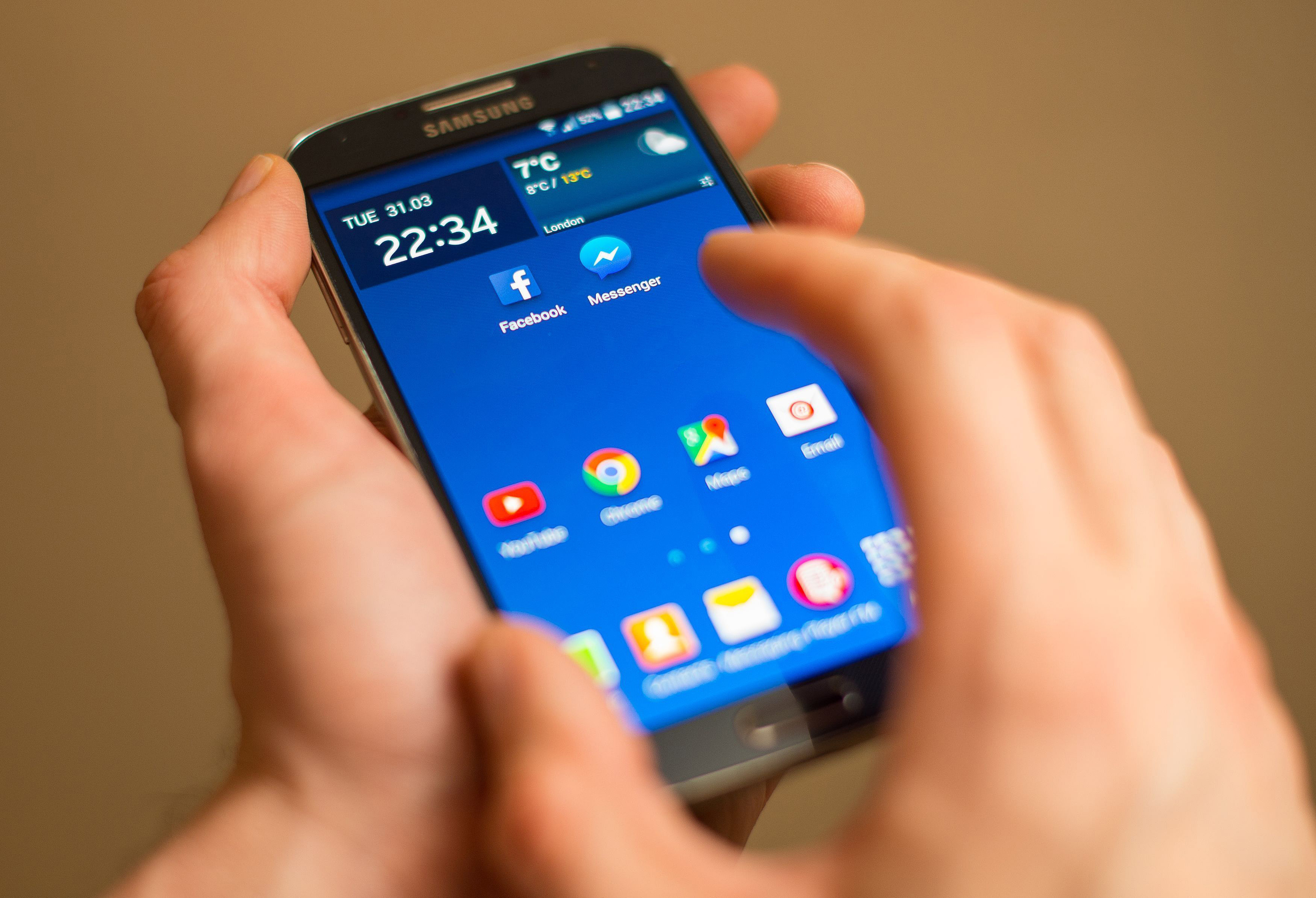
Ministers have been urged to curb pupils using their phones in school after a warning by teachers of “widespread” misuse of the devices.
It is currently the responsibility of head teachers in Scotland to decide whether mobile phones should be banned.
But one of the country’s biggest teaching unions urged Scottish ministers to consider a new law prohibiting their use in schools.
A new survey by the NASUWT of its Scottish members showed 58% of teachers said pupils are using mobile devices inappropriately.
And 49% said distraction from mobile phones was one of the pupil behaviour problems that caused them most concern on a day-to-day basis.
Chris Keates, NASUWT general secretary, said: “Too often pupils are distracted from learning by constantly checking their phones and messaging.
“Abuse of mobile phones in classrooms is widespread. All too often they are used inappropriately to film or photograph teachers, including upskirting and other forms of image abuse.”
Scottish Labour education spokesman Iain Gray said: “Mobile phones can often be an added barrier to teachers being able to deliver lessons effectively.
“It is only right the Education Secretary looks at new ways to help teachers in the classroom so children get to learn in the best environment possible.”
In 2016, the Behaviour in Scottish Schools survey showed 40% of secondary teachers had caught children using their phones several times a day.
If Scotland introduces a ban on phones, it would follow in the footsteps of France where pupils under 15 must leave phones at home or switch them off.
Mobile phones are also banned from primary schools in New South Wales in Australia.
Earlier this month teachers from more than 120 schools in England signed an open letter calling for a ban.
And research this month showed pupils are surviving on as little as two hours’ sleep because of mobile phone use.
However, other teaching unions in Scotland warned against legislation.
SSTA general secretary Seamus Searson said: “Why legislate when head teachers and their staff can determine the rules for mobile phones in their schools?”
The EIS said it was “impractical” to ban phones completely in schools.
“However, all mobile devices should be switched off during class time, unless teachers have expressly given approval for smartphones to be used for educational purposes,” said a spokeswoman.
A Scottish Government spokeswoman said: “Head teachers can already ban phones in school if they wish to. However, phones are now being used effectively in classrooms to aid learning.
“We encourage local authorities and schools to think carefully about how to incorporate smart and mobile phones into learning and teaching.”
Glenalmond College banned pupils from using mobiles during school time after concerns they were spending too much time on their devices.
Hugh Ouston, warden of the Perthshire independent boarding and day school, said the ban introduced last year had led to visible improvements in behaviour and social interaction.
He said: “Our ban is not a classroom ban, it is a working day ban. In many ways, children learn as much from talking to each outside the classroom.
“What this school does is to maximise interaction between pupils so that they develop their inter-personal skills.
“If they are queuing up for lunch, there is a loud chatter, just like the olden days.
“Children learn by talking to each other.
“The school life of pupils, especially day pupils, is only a very small proportion of their whole life.
“They have plenty of time to communicate on social media if they so wish to.”

Enjoy the convenience of having The Sunday Post delivered as a digital ePaper straight to your smartphone, tablet or computer.
Subscribe for only £5.49 a month and enjoy all the benefits of the printed paper as a digital replica.
Subscribe